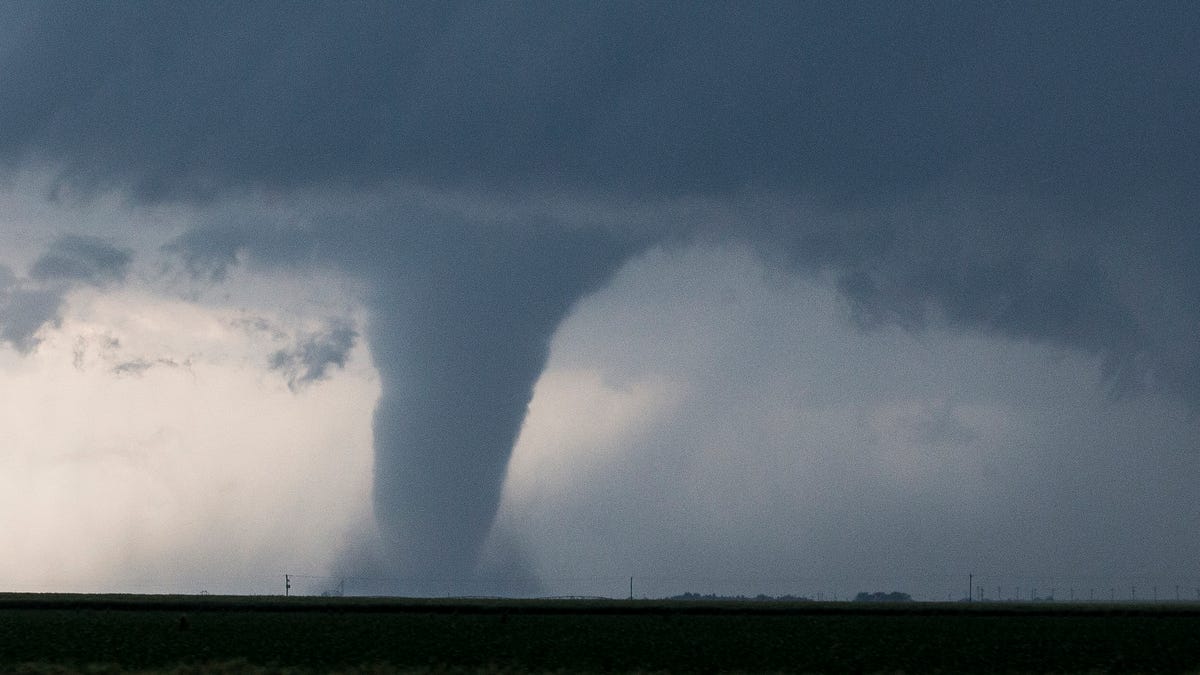Unraveling the Impact: The 6 Most Expensive Tornadoes in U.S. History
Tornadoes are among nature’s fiercest phenomena, capable of causing extensive destruction in mere moments. Across the United States, these violent storms have left a devastating financial mark, with some resulting in staggering damages. This article explores the six most expensive tornadoes in U.S. history, detailing their destruction and the lessons learned in disaster preparedness and response.
The Costly Legacy of Tornadoes
Analyzing the impact of tornadoes goes beyond just the monetary costs; it’s about understanding the emotional and societal repercussions as well. The most expensive tornadoes have not only affected physical structures but have also changed communities and left emotional scars that last for generations. Here, we delve into the most significant tornado events in U.S. history, highlighting their financial implications and the lessons they impart.
1. Joplin, Missouri (2011)
On May 22, 2011, Joplin, Missouri, experienced one of the deadliest and most expensive tornadoes in U.S. history. This EF5 tornado tore through the city with winds exceeding 200 mph, resulting in 158 fatalities and approximately 1,150 injuries. The destruction was monumental, with over 7,500 homes and businesses destroyed or severely damaged.
The estimated damage costs reached around **$2.8 billion**, making it the costliest tornado in U.S. history. In the aftermath, Joplin’s recovery efforts became a case study in disaster response, showcasing the importance of effective communication, community support, and infrastructure resilience.
2. Tuscaloosa-Birmingham, Alabama (2011)
Just hours before the Joplin tornado struck, another devastating tornado hit Alabama on April 27, 2011. This EF4 tornado carved a path through Tuscaloosa and Birmingham, resulting in 64 fatalities and over 1,000 injuries. The total damage was estimated at **$2.4 billion**, making it one of the most destructive tornadoes in U.S. history.
The scale of devastation underscored the urgent need for improved warning systems and community preparedness. The severe impact led to significant changes in how meteorologists communicate risks to the public, emphasizing the necessity for timely alerts and actionable information.
3. Moore, Oklahoma (2013)
On May 20, 2013, Moore, Oklahoma, once again found itself in the path of destruction, with an EF5 tornado striking the area. This tragedy resulted in 24 fatalities and over 300 injuries, with damages estimated at **$2 billion**. The tornado’s destructive power was amplified by its size and the densely populated area it affected.
This incident highlighted the vulnerability of schools and public buildings to such natural disasters. The aftermath prompted local and state governments to invest in safer building designs and improved emergency response protocols.
4. Greensburg, Kansas (2007)
On May 4, 2007, Greensburg, Kansas, experienced a catastrophic EF5 tornado that leveled more than 95% of the town. With winds reaching up to 205 mph, the tornado killed 11 people and caused damages estimated at **$1 billion**. The town’s recovery efforts were remarkable, with a commitment to rebuilding in a sustainable and environmentally friendly manner.
Greensburg’s experience serves as an inspiring example of resilience, demonstrating how communities can come together to not just recover but also thrive after disaster. Their focus on green building practices became a model for other towns facing similar challenges.
5. Nashville, Tennessee (2020)
The tornado that struck Nashville on March 3, 2020, was a stark reminder of nature’s unpredictability. This EF3 tornado caused extensive damage across several neighborhoods, resulting in 25 fatalities and around **$1.5 billion** in damages. The storm’s path of destruction affected numerous homes, businesses, and infrastructure.
The Nashville tornado spurred discussions on urban planning and the importance of emergency preparedness in metropolitan areas. It emphasized the need for comprehensive disaster response strategies that integrate community resources and local government capabilities.
6. Dallas, Texas (2019)
On October 20, 2019, a powerful EF3 tornado swept through Dallas, causing widespread destruction. The tornado claimed 10 lives and injured over 50 people, with damage costs estimated at **$1.25 billion**. It tore through a densely populated urban area, damaging homes, businesses, and critical infrastructure.
The Dallas tornado underscored the importance of updated building codes and the need for urban areas to be equipped to handle such disasters. The lessons learned from this event have prompted local authorities to enhance their disaster management plans and invest in better community preparedness initiatives.
Lessons Learned from Costly Tornadoes
Each of these tornadoes has left a significant mark not only in terms of financial costs but also in the way communities approach disaster preparedness and response. Here are some key takeaways:
- Effective Communication: Clear and timely communication of risks can save lives. Public awareness campaigns are essential in educating communities about tornado preparedness.
- Infrastructure Resilience: Investing in stronger building codes and infrastructure can mitigate damage during tornado events, protecting both lives and property.
- Community Support: Post-disaster recovery often hinges on community solidarity and support networks. Establishing these before a disaster strikes can enhance resilience.
- Emergency Response Training: Regular training for emergency responders and community members can improve reaction times and effectiveness during a tornado crisis.
- Technological Advancements: Utilizing technology for real-time data and alerts can lead to better preparedness and response strategies.
Conclusion
The financial and emotional toll of tornadoes on communities across the United States is profound. The six most expensive tornadoes in U.S. history illustrate the need for ongoing improvements in preparedness and response. By learning from these catastrophic events, communities can better mitigate risks and enhance resilience in the face of future natural disasters. Ultimately, the goal is not just to recover but to emerge stronger, more aware, and better prepared for whatever nature may throw our way.
See more Your Daily Weather



